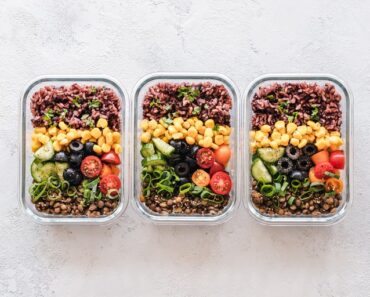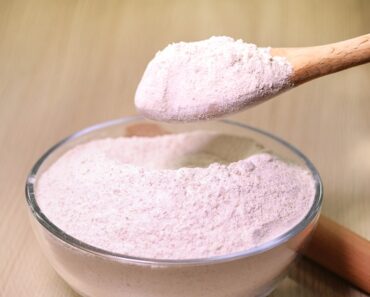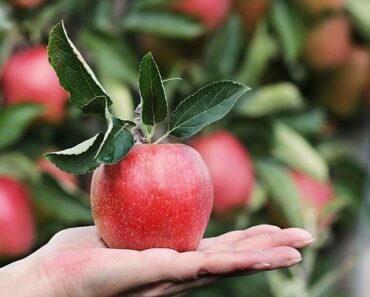During flu seasons, the risk of contracting a flu is always lurking at every turn, with infectious germs sneaking around in pockets of space ready to ambush us at any moment in our workplaces, transit facilities, and in just about any public/private space.
As we prepare for the onset of bone-chilling whether quirks or periods of highly rigorous activities, we cringe on the thought of the need to arm ourselves to the teeth against infections.
But there’s no need for getting all frantic about medications and supplements that help us build an armor against the onslaught of these germ; we can get all the protection we need from our regular meals.
In addition to washing our hands regularly and getting enough sleep, all we need to stem the tide of flu infection is a sufficient intake of nutrients obtainable from foods that reinforce the immune system. The following is a list of top 5 foods that boosts our immunity:
1. Chicken Soup
Chicken soup certainly does ring a familiar bell, but not because of its immune-system-boosting attributes. According to one study, hot chicken soup was a more potent trigger for running nose than hot or cold water –nasal secretions help expel pathogenic viruses and bacteria from the body. By helping you stay hydrated and significantly raising the temperature in your body’s nasal region, chicken soup –especially when hot chili is included in the mix– stimulates rapid secretion in the airways like any hot liquid does.
Nonetheless, the main reason behind the efficacy of chicken soup as an immunity-reinforcing meal lies in the fact that it prevents the spread of inflammatory white cells around the body, stemming the symptomatic effects of cold. Also, the chicken soup’s bone broth contains collagen (well-known to fortify the immune system) along with amino acids such as cysteine, and other nutrients that quell inflammation.
2. Yogurt
Yogurt is well-known for its probiotic contents. Probiotics, popularly called “good bacteria” reside in your gut and promotes gut health, and by extension, enhances immunity, sleep, digestion, and a host of other bodily functions.
By consuming yogurt on a regular basis, we put in place probiotics that rid our nasal regions and intestinal tracts of pathogenic bacteria and improve our digestion. Other foods such as “probiotic” cereals, Kefir, granola bars, and sauerkraut also increase the amount of probiotics in our system. However, you should be wary of the strain of the “good bacteria” contained in these food items.
A product with a “Live & Active Culture” label from the National Yogurt association indicates the presence of a minimum amount of two specific beneficial bacteria in the product’s content. It’s important that you don’t get confused about the bacterial count, which includes the both the amount of bacteria used to ferment the yogurt and that which is added as probiotics.
Also, the amount of probiotics contained in a product does not really reflect the product’s “probiotic power”, given that these probiotics must come with adequate active cultures in order to take effect in our bodies. It’s best to reach out to the product’s manufacturers to verify the workings of the product’s “probiotic power”.
3. Green Tea
The immunity-reinforcing effects of green tea is particularly attributed to its Polyphenols contents, which are highly efficacious plant antioxidants. According to one study, Catechins, a kind of polyphenol is a highly potent antibody for influenza viruses.
A very useful tip for preparing a super-duper cup of green tea is to draw a deep green tea for only about a minute or two with hot water that’s just about to boil. Avoid adding milk to the it, since proteins bind with polyphenols in a neutralizing way. You can add lemon or honey to tamp down the bitterness.
4. Garlic
This is just another justification for garlic fans’ craze for garlic spiced food. Garlic is rich in allicin, a potent antibody for pathogenic bacteria. According to one study, people who consumed garlic regularly stood a better chance of beating flu seasons. You can take raw bites of garlic or add it to your cooking in order to draw down on the healing power of allicin.
5. Fruits and Vegetables
Vitamins are a solid line of defense against pathogenic bacteria, and there are no better sources of vitamins than fruits and vegetables. Vitamins A, C, and E are the most potent immune-boosting vitamins. Dark leafy greens, sweet potatoes and ginger are all great sources of vitamin A.
Citrus fruits, tomatoes and green peppers are excellent sources of vitamin C. Veggies rich in vitamin E include almonds, palm oil, and sweet potatoes. By taking a combo of these fruits and veggies, you can tenaciously ramp up the efficiency of your immune system.
Conclusion
In the face of grueling illnesses, when our senses of tastes and smell become lethargic, leading to a slackened appetite, we need to keep those immune-boosting nutrients flowing in our blood system. The absence of these vital nutrients only makes recovery from illness slower and harder. The aim of the intake of these immune-reinforcing foods is to boost white cell production, so the inflamed and damaged ones are quickly replaced. Since these white blood cells play a vital role in our immune system, it is expedient for us to keep them in good shape whether we’re feeling under the weather or not.






